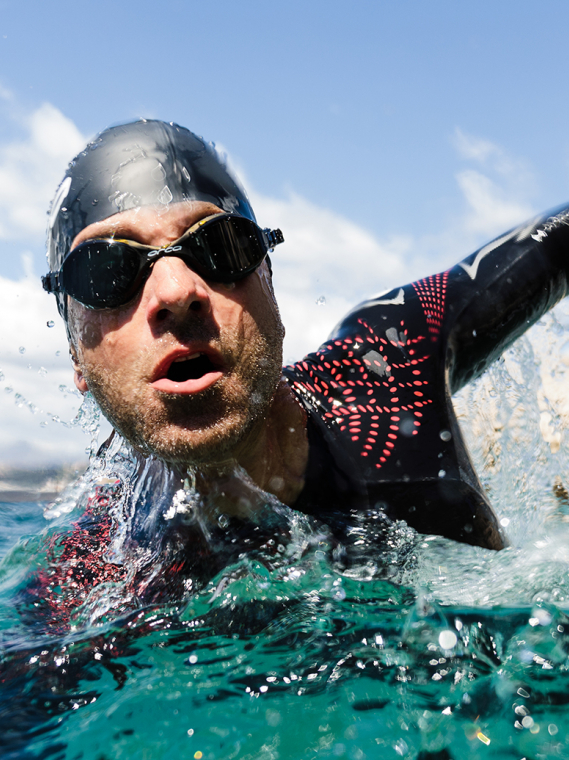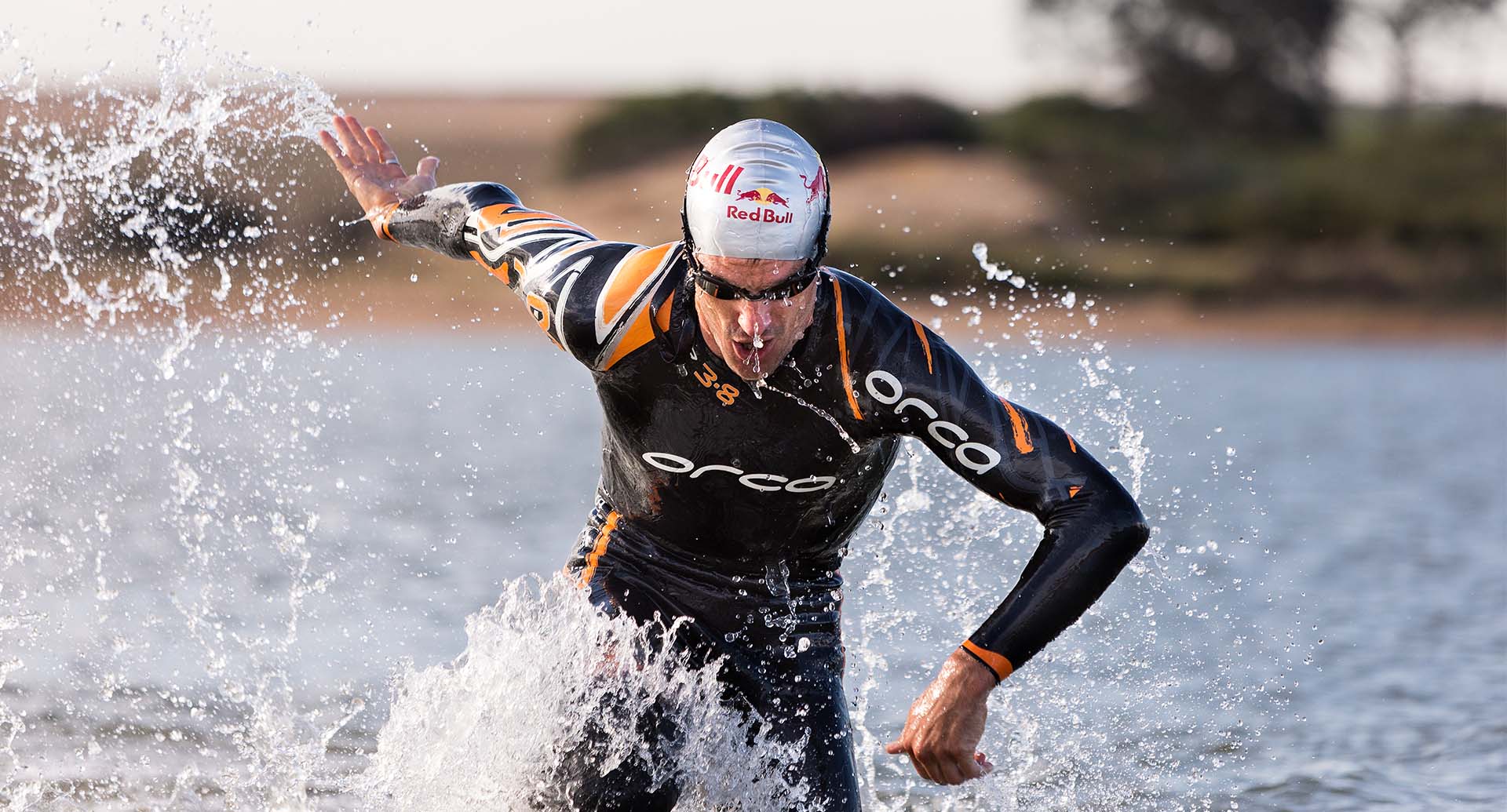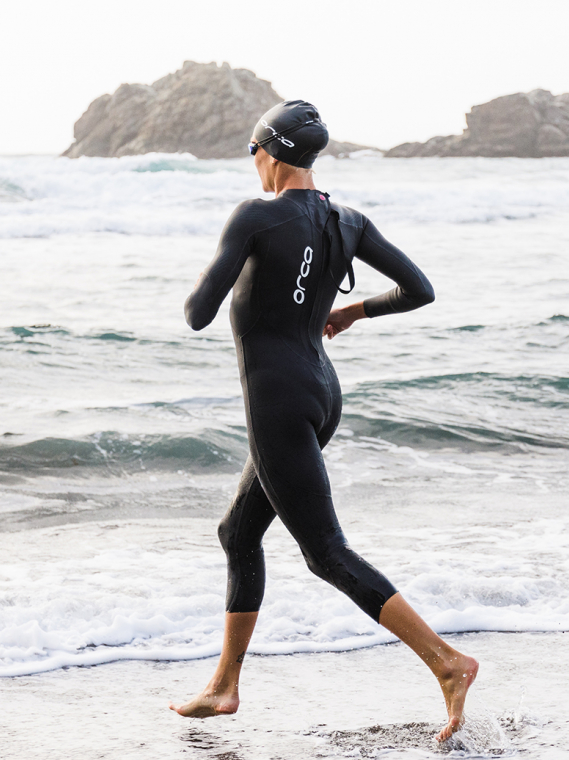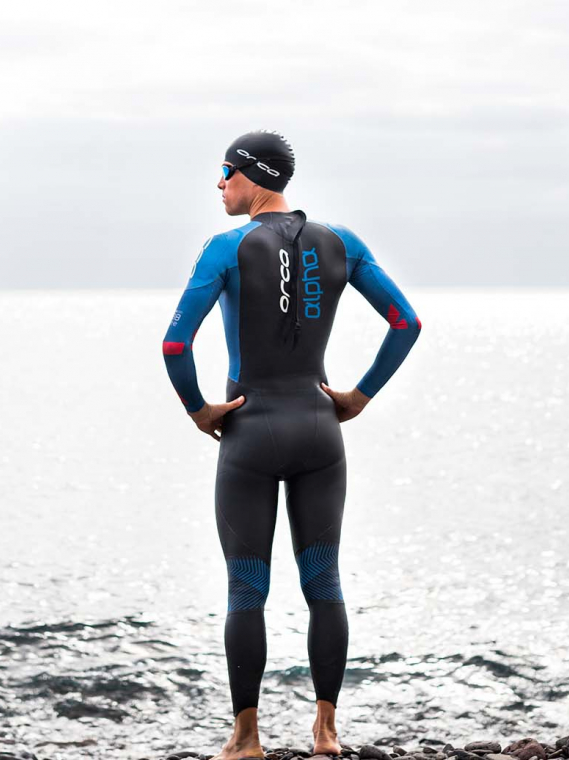Consigue un libro, un espejo de mano y un lápiz.
Quítate el calzado y cualquier accesorio que lleves en la cabeza.
Busca una superficie totalmente plana que tenga una pared lisa detrás.
Ponte de pie frente a la pared, con los pies juntos.
Pon el libro en la cabeza y presiona contra la pared. Guíate con el espejo para comprobar que está en posición horizontal y bien centrada. Marca con un lápiz en la pared la posición de la parte superior de la cabeza.
Una vez hecha la marca, sal de esa posición y coge una cinta métrica. Con ella debes medir la distancia del suelo a la marca que hiciste con el lápiz.



